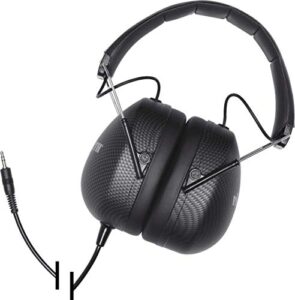Contents
- What is an Overbite?
- Definition and Causes of an Overbite
- Types of Overbites
- Effects of an Overbite
- Diagnosing an Overbite
- Dental Examination
- X-rays and Imaging
- Orthodontic Evaluation
- When is Orthodontic Treatment Necessary?
- Severity of the Overbite
- Age and Growth Factors
- Functional Issues
- Orthodontic Treatment Options
- Traditional Braces
- Clear Aligners
- Orthodontic Headgear
- Specific Orthodontic Techniques for Overbite Correction
- Herbst Appliance
- Elastics (Rubber Bands)
- Palatal Expanders
- Combination of Orthodontic Treatment Techniques
- Using Multiple Methods for Overbite Correction
- Sequencing and Timing of Treatment
- Conclusion
Are you bothered by an overbite and searching for a reliable solution? Look no further! Introducing the Orthodontic Treatment for Overbite Correction, a breakthrough method to enhance and correct your overbite. This revolutionary approach combines an innovative herbst appliance with advanced orthodontic techniques, offering you a fast and effective solution. Say goodbye to the discomfort and self-consciousness caused by an overbite, and hello to a confident, beautiful smile that you’ve always dreamt of. Get ready to regain your self-esteem and enjoy the benefits of a properly aligned bite with our Orthodontic Treatment for Overbite Correction.
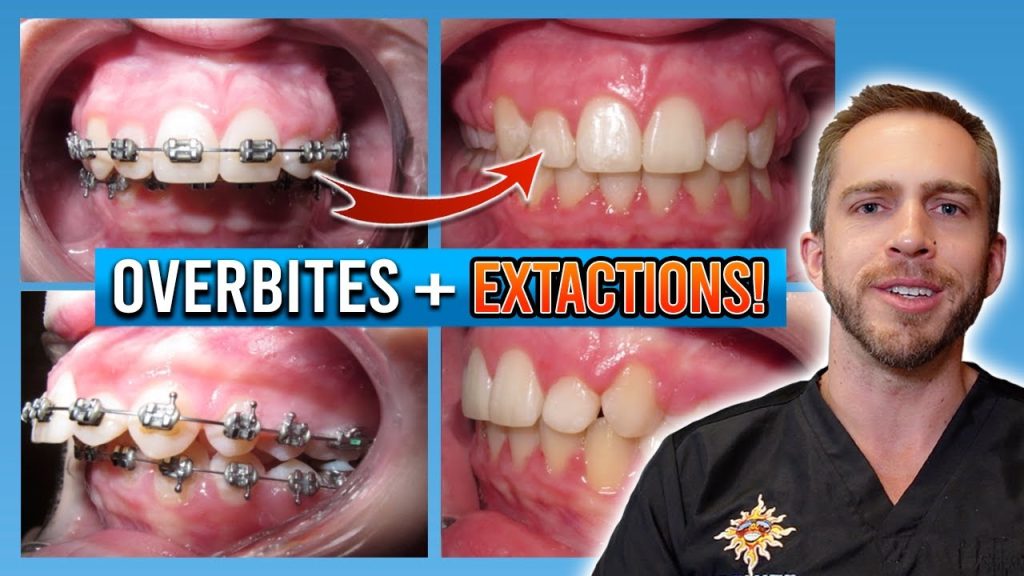
What is an Overbite?
An overbite, also known as a malocclusion, is a dental condition where the upper front teeth overlap significantly with the lower front teeth. In simpler terms, it is when the upper jaw protrudes or extends beyond the lower jaw. This misalignment can result in various dental and functional issues if left untreated.
Definition and Causes of an Overbite
An overbite occurs when the vertical overlap between the upper and lower teeth is more than it should be. This condition can be caused by a combination of genetic and environmental factors. Genetics play a significant role in determining the shape and size of our jaws, which can contribute to the development of an overbite. Other possible causes include prolonged habits such as thumb-sucking or pacifier use, tongue thrusting, improper jaw growth during childhood, and injury to the jaw.
Types of Overbites
There are two main types of overbites: skeletal and dental overbites. Skeletal overbites occur due to differences in the size or position of the upper and lower jaws. Dental overbites, on the other hand, are caused by the misalignment of the teeth themselves. It is essential to determine the type of overbite one has as it influences the appropriate treatment approach.
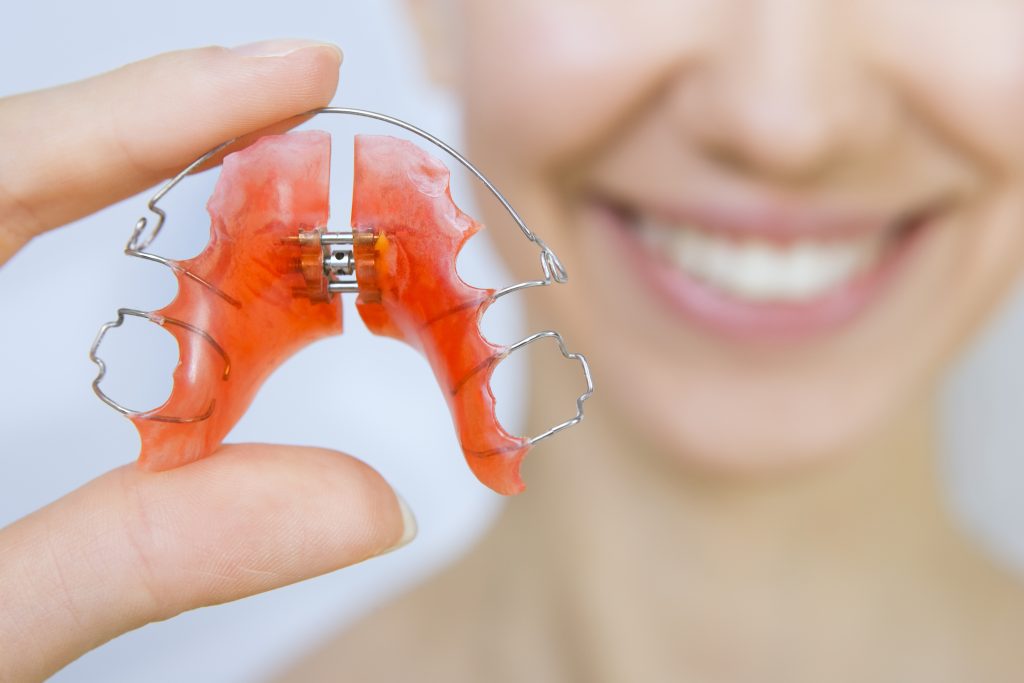
Effects of an Overbite
An overbite can have several effects on both the appearance and functionality of your teeth. From a cosmetic perspective, an overbite can make your smile appear less aesthetically pleasing, causing self-consciousness and a lack of confidence. Functionally, an overbite can lead to problems such as difficulty biting or chewing, increased risk of tooth wear, speech difficulties, and even sleep apnea in severe cases. It is crucial to address an overbite to prevent these issues from worsening and to promote better oral health.
Diagnosing an Overbite
To diagnose an overbite, various methods are used by dental professionals. These include a dental examination, X-rays, and an orthodontic evaluation. These diagnostic measures help determine the severity and type of overbite, allowing the orthodontist to create an appropriate treatment plan.
Dental Examination
During a dental examination, your dentist will visually assess your teeth and jaws, paying particular attention to the way your bite aligns. They may also ask you to perform certain movements to evaluate how your jaws and teeth function together. This examination helps the dentist determine if you have an overbite and if orthodontic treatment is necessary.
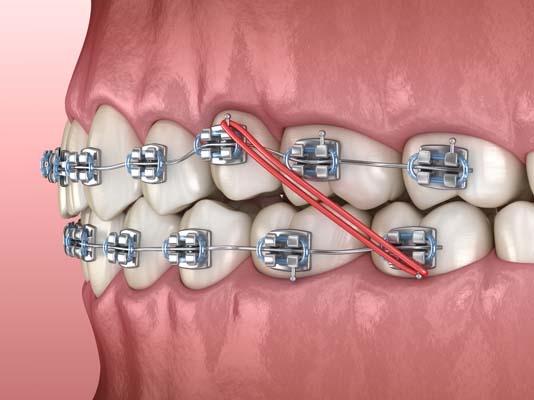
X-rays and Imaging
X-rays and other imaging techniques, such as panoramic radiographs and cone-beam computed tomography (CBCT), provide a more detailed look at the structure of your jaws and teeth. These images allow the orthodontist to assess the underlying causes of the overbite, such as jaw position and bone structure, helping guide treatment decisions.
Orthodontic Evaluation
An orthodontic evaluation involves a specialized examination conducted by an orthodontist. They will examine your facial structure, jaw alignment, and dental occlusion in more detail. The orthodontist will also take impressions or digital scans of your teeth to create models that aid in treatment planning. This comprehensive evaluation helps determine the appropriate treatment options for your specific overbite.
When is Orthodontic Treatment Necessary?
Not all overbites require orthodontic treatment. The decision to pursue treatment depends on various factors, including the severity of the overbite, age, and the functional issues it may cause.
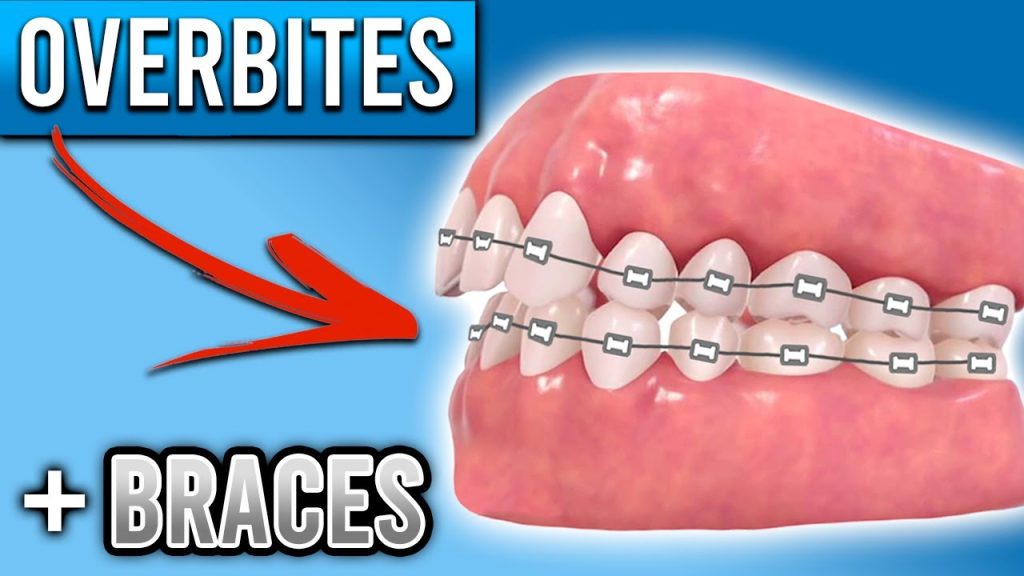
Severity of the Overbite
The severity of an overbite is an essential factor in determining the need for orthodontic treatment. Mild overbites may not require intervention, as they often do not cause significant functional issues or aesthetic concerns. However, moderate to severe overbites should be evaluated and treated, as they can lead to more severe complications if left unaddressed.
Age and Growth Factors
The age at which an overbite is diagnosed can influence the treatment plan. Orthodontic treatment is typically more effective and efficient in children and teenagers, as their jaws are still developing and more adaptable to corrective procedures. However, adults can also receive orthodontic treatment to correct an overbite, although the process may take longer and could involve additional procedures.
Functional Issues
Functional issues resulting from an overbite, such as difficulty chewing, excessive wear on the teeth, or speech problems, may indicate the need for treatment. These issues can impact your overall oral health and quality of life, making orthodontic intervention necessary.
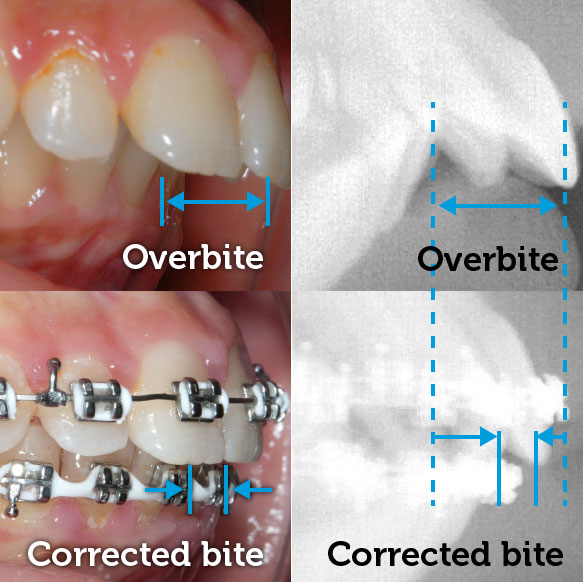
Orthodontic Treatment Options
Several orthodontic treatment options are available for correcting an overbite. The most commonly used methods include traditional braces, clear aligners, and orthodontic headgear. The choice of treatment depends on the severity of the overbite, patient preference, and the recommendation of the orthodontist.
Traditional Braces
Traditional braces consist of metal brackets and wires that are attached to the teeth to gradually shift them into the correct position. This method is highly effective for correcting overbites, especially when more significant tooth movement is required. Braces are adjustable and offer precise control over the movement of teeth.
Clear Aligners
Clear aligners, such as Invisalign, have gained popularity as a more discreet alternative to traditional braces. These aligners are custom-made and virtually invisible, making them a favorable choice for individuals concerned about the aesthetics of braces. Aligners work by applying gentle, controlled forces to move the teeth into the desired position gradually.
Orthodontic Headgear
Orthodontic headgear is a specialized device that may be recommended for correcting severe overbites or skeletal abnormalities. It consists of a headgear worn outside the mouth, connected to the braces inside the mouth through specific attachments. Headgear applies additional force to influence the growth and positioning of the jaws, helping improve the overbite.
Specific Orthodontic Techniques for Overbite Correction
In certain cases, specific orthodontic techniques may be used to address overbites more effectively. Some of these techniques include the Herbst appliance, elastics (rubber bands), and palatal expanders.
Herbst Appliance
The Herbst appliance is a fixed orthodontic appliance that utilizes metal rods and tubes to gradually advance the lower jaw. This technique aims to correct an overbite by promoting optimal jaw growth and positioning. The Herbst appliance is typically used in growing patients to guide jaw development.
Elastics (Rubber Bands)
Elastics, commonly known as rubber bands, are small, stretchy pieces of material that are used to apply additional forces to correct the alignment of the teeth and jaws. They are often attached to specific locations on the braces and can help shift the teeth into their proper positions, correcting the overbite.
Palatal Expanders
Palatal expanders are devices used to widen the upper jaw, particularly in cases where a narrowed palate contributes to the development of an overbite. By applying gentle pressure on the upper molars, palatal expanders gradually separate the two halves of the palate, creating more space and improving jaw alignment.
Combination of Orthodontic Treatment Techniques
In some complex cases, a combination of different orthodontic treatment techniques may be required to achieve optimal overbite correction. Orthodontists may use a sequential approach, starting with one technique and transitioning to another as the treatment progresses. This combination of methods allows for a multidimensional approach in addressing various aspects of the overbite, ensuring the best possible outcome.
Using Multiple Methods for Overbite Correction
The combination of various orthodontic treatment methods may involve using braces initially to align the teeth properly, followed by the use of headgear or elastics to correct the overbite. This combination approach maximizes the efficiency and effectiveness of the treatment, ensuring proper jaw and tooth alignment.
Sequencing and Timing of Treatment
The sequencing and timing of treatment are crucial in achieving successful overbite correction. Orthodontists carefully plan the order in which specific techniques are used, considering factors such as jaw growth, tooth movement, and patient compliance. By sequencing and timing the treatment appropriately, orthodontists can optimize the results and minimize the overall duration of treatment.
Conclusion
An overbite is a common dental condition that can lead to aesthetic and functional issues if left unaddressed. Thankfully, various orthodontic treatment options are available to correct and improve overbites. From traditional braces to clear aligners and specialized techniques like the Herbst appliance, the field of orthodontics offers solutions for patients of all ages. If you suspect you have an overbite or have noticed any associated complications, it is essential to consult with a qualified orthodontist who can determine the best treatment plan to achieve a healthy and beautiful smile. Remember, early intervention can make a significant difference in the success of orthodontic treatment and long-term oral health.




